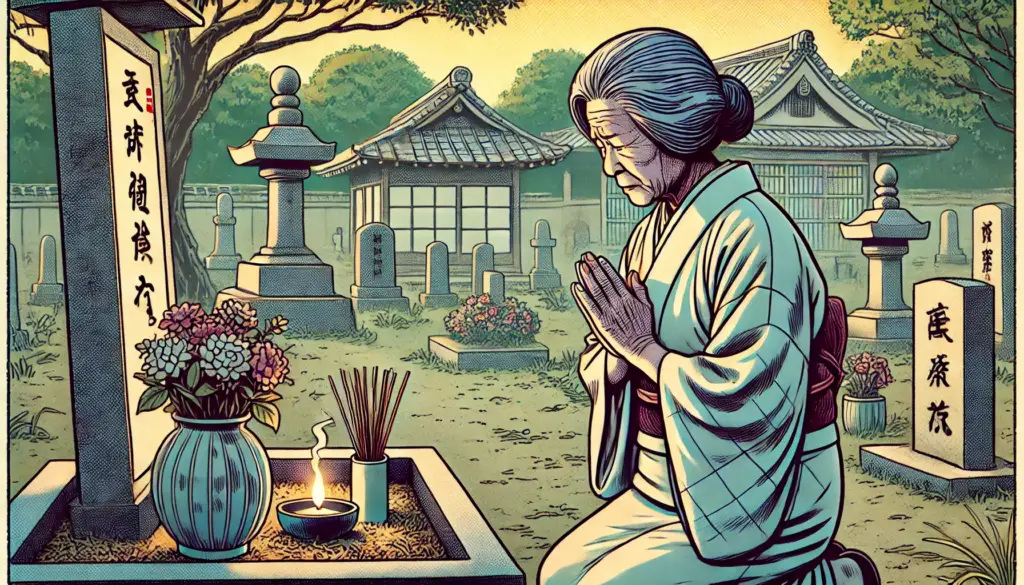
Japan is a country globally recognized for its longevity. Yet one particular statistic continues to puzzle experts and spark debate: the large gap in average life expectancy between men and women. As of the latest 2024 data from Japan’s Ministry of Health, Labour and Welfare, Japanese women live to an average age of 87.6, while men average only 81.6—a striking 6-year difference.
This article dives into the social, medical, psychological, and lifestyle factors contributing to this disparity. Why is Japan, one of the world’s healthiest nations, seeing such a gender divide in life expectancy?
📊 The Numbers: A Growing or Shrinking Gap?
Japan’s gender gap in life expectancy has existed for decades, but the margin has slightly narrowed in recent years. Still, a 6-year difference remains significant. For comparison:
| Country | Female Life Expectancy | Male Life Expectancy | Gap |
|---|---|---|---|
| Japan | 87.6 | 81.6 | 6.0 |
| USA | 81.2 | 75.3 | 5.9 |
| France | 85.6 | 79.7 | 5.9 |
| South Korea | 86.5 | 80.5 | 6.0 |
So, Japan is not alone in this phenomenon—but the consistency and longevity of the gap raise unique questions.
🧬 Biology Alone Can’t Explain It
It’s true that women generally have some biological advantages over men. Higher estrogen levels may provide cardiovascular protection, and women tend to have stronger immune responses. But biology accounts for only part of the story.
Experts believe that social and environmental factors play a far more significant role in Japan’s context.
👨💼 The Stress Burden of the “Salaryman” Culture
One major factor contributing to men’s shorter lifespans in Japan is the work culture. The traditional male role in Japan revolves around being the breadwinner—often at great personal cost.
- Long working hours, including unpaid overtime
- Lack of sleep and poor dietary habits
- High job-related stress and pressure to succeed
- Reluctance to seek help for mental health issues
This “ganbaru” (persevere at all costs) mentality is often praised culturally but can be deadly over decades.
In contrast, many Japanese women—though also working—tend to have less exposure to the most extreme stressors of corporate life, especially after retirement or child-rearing.
🍱 Lifestyle Gaps: Eating, Drinking, Smoking
Japanese women often lead healthier lifestyles than men:
| Habit | Women | Men |
|---|---|---|
| Smoking Rate | ~7% | ~28% |
| Alcohol Consumption | Low | High |
| Obesity Rate | Lower | Higher |
These habits directly affect life expectancy. Smoking and drinking contribute to diseases like cancer and liver failure, while excess salt and poor diet increase risks of hypertension and heart disease. Although Japan as a whole has low obesity, the gap between men and women is meaningful.
🏠 The Isolation Factor: Men and Loneliness
A growing concern in Japan is male isolation—especially after retirement. Japanese men often rely heavily on their workplaces for social interaction. Once retired, they may struggle to find new social roles or maintain friendships.
In contrast, women tend to:
- Maintain social connections beyond work (neighborhoods, family, community groups)
- Participate more in volunteering or community events
- Be more open to discussing emotional issues
Loneliness and lack of purpose can accelerate mental and physical decline, contributing to early mortality among men.
🏥 Healthcare Utilization Gaps
Japanese men are less likely to visit doctors for early symptoms, according to surveys. Women, on the other hand, frequently engage in preventive health care such as:
- Routine checkups
- Cancer screenings
- Mental health consultations
This difference in behavior often means that men discover illnesses at more advanced stages, reducing survival rates.
👴 Retirement and Purpose: Who Adapts Better?
Research shows that a sense of purpose (ikigai) is closely linked to longevity in Japan. Women often find meaning in community involvement, family care, or personal hobbies after retirement.
Men, conditioned to identify themselves with their jobs, frequently face a loss of identity after leaving the workforce. This psychological vacuum contributes to higher risks of depression, substance abuse, and even suicide.
🔍 A Cultural Shift in Progress?
Japan has started recognizing these issues. Recent years have seen:
- Government campaigns to promote male health screenings
- Work-style reforms to reduce excessive overtime
- Loneliness countermeasures, including community centers and outreach
- Gender role reevaluation in younger generations
Younger Japanese men are more likely to share housework, value work-life balance, and build emotional networks. These cultural shifts may help narrow the gap in future generations—but for now, the legacy of old norms remains evident in national data.
🧠 Final Thoughts: Beyond the Numbers
The longevity gap in Japan isn’t just a medical mystery—it’s a mirror of society. It reflects decades of workaholic expectations, stoic masculinity, gendered health behavior, and insufficient support for mental well-being.
From a Western perspective, it may seem paradoxical: in one of the safest, healthiest nations on Earth, men are quietly dying years earlier. Solving this puzzle requires not just better medicine but rethinking how men live, work, and connect in modern Japanese society.



















































